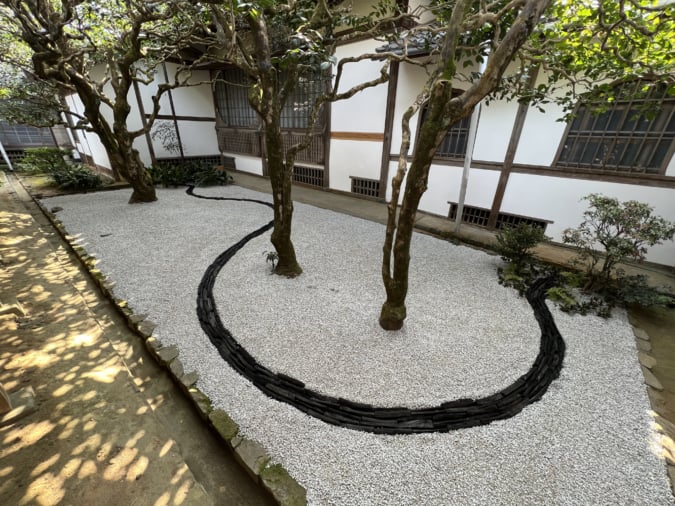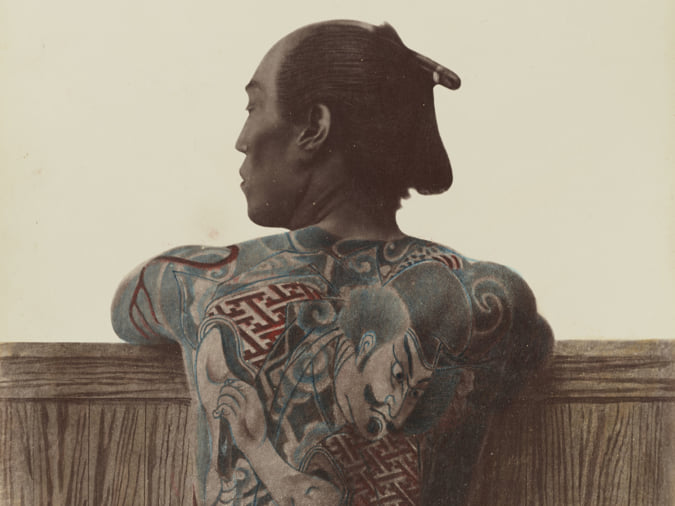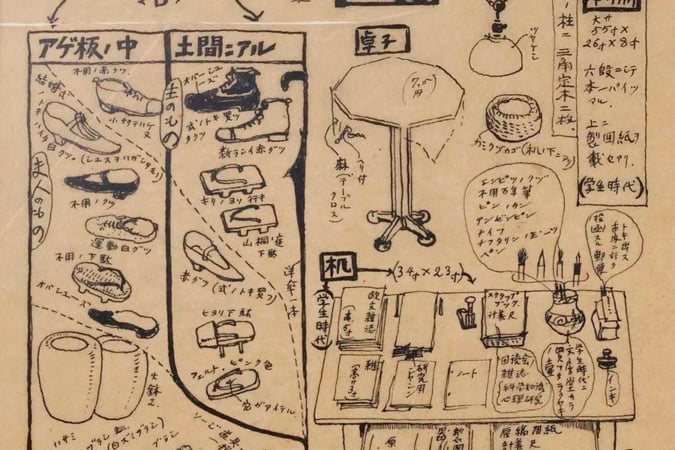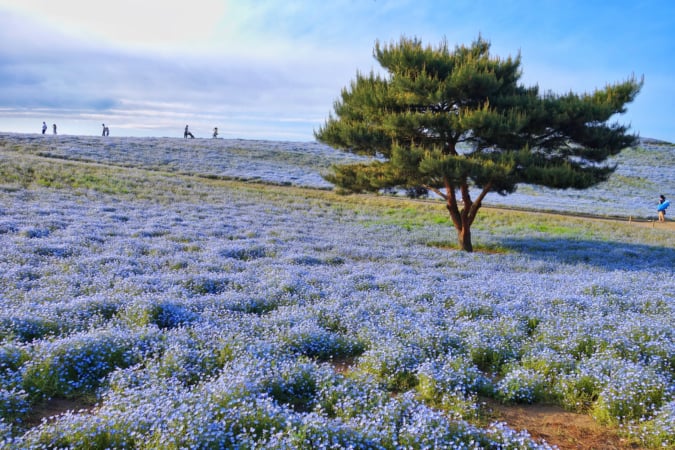Biodegradable cups created following ancient techniques
Studio CRÈME has created the ‘Gourd Project’, comprising cups and carafes made from squashes and used to replace disposable cups.
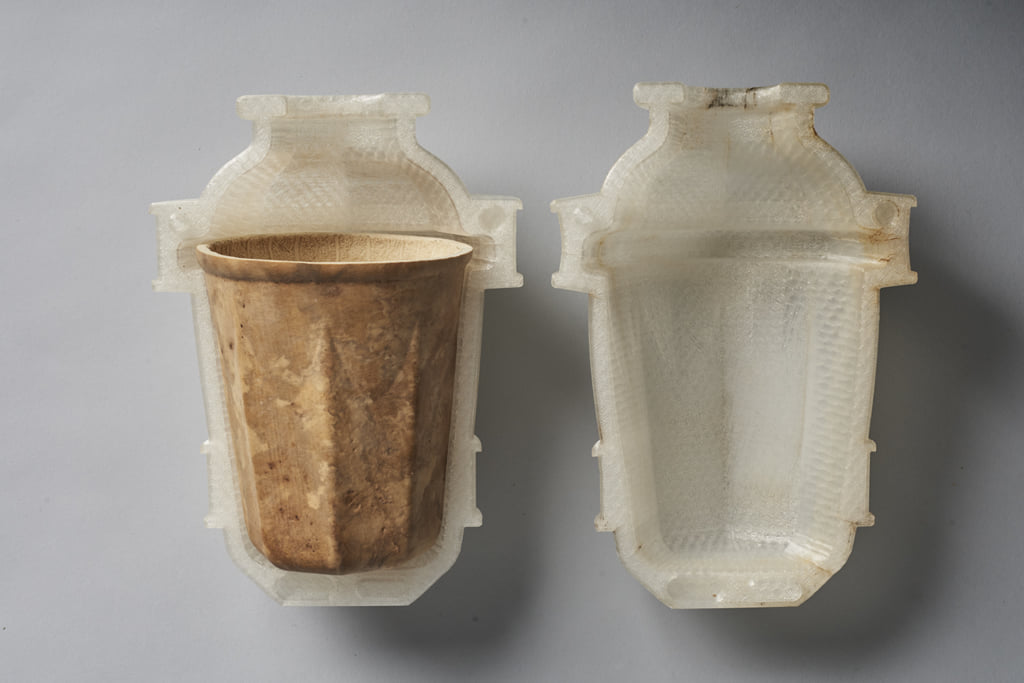
© CRÈME Design
Designer Jun Aizaki, the head of the studio CRÈME, has developed the Gourd Project: coffee cups and a carafe that are all biodegradable and made entirely from gourds. The ultimate aim is for them to act as perfect substitutes for plastic and paper cups used for takeaway drinks.
‘Takeaway cups and packaging are the norm in everyday life, but they produce an enormous amount of waste, which ends up in landfill and contaminates our precious waterways and landscapes’, explains Jun Aizaki on the Gourd Project‘s website. ‘What if nature, as well as being a material resource, could also provide a solution to this global problem?’
An ancient practice
The designer took inspiration from the practice of gourd moulding, which has existed for several centuries, particularly in Japan, when creating Gourd Project. The name is significant because the word ‘gourd’ has its roots in the Latin cucurbita, a plant from the cucurbitaceae family that has been used as a container since antiquity. The teams at CRÈME take a more modern approach and grow gourds in moulds made from recycled plastic, which take the shape of the object they aim to create. After six weeks of growing, all that’s left to do is dry the cucurbitaceae before washing and using it.
‘Gourds are plants that grow quickly and that bear robust fruit every season. Once dried, the solid outer skin and the inner fibrous flesh become water-resistant. CRÈME has adapted this method to create its own compostable containers, using made-to-measure 3D-printed moulds’, explains the designer.
For the time being, Gourd Project products are only sold and displayed in museums like MoMA. The teams at studio CRÈME imagine that they will initially be used in certain tea rooms, before the points of sale multiply and diversify.
Gourd Project (2019) is a CRÈME creation, details of which are available on the dedicated website.
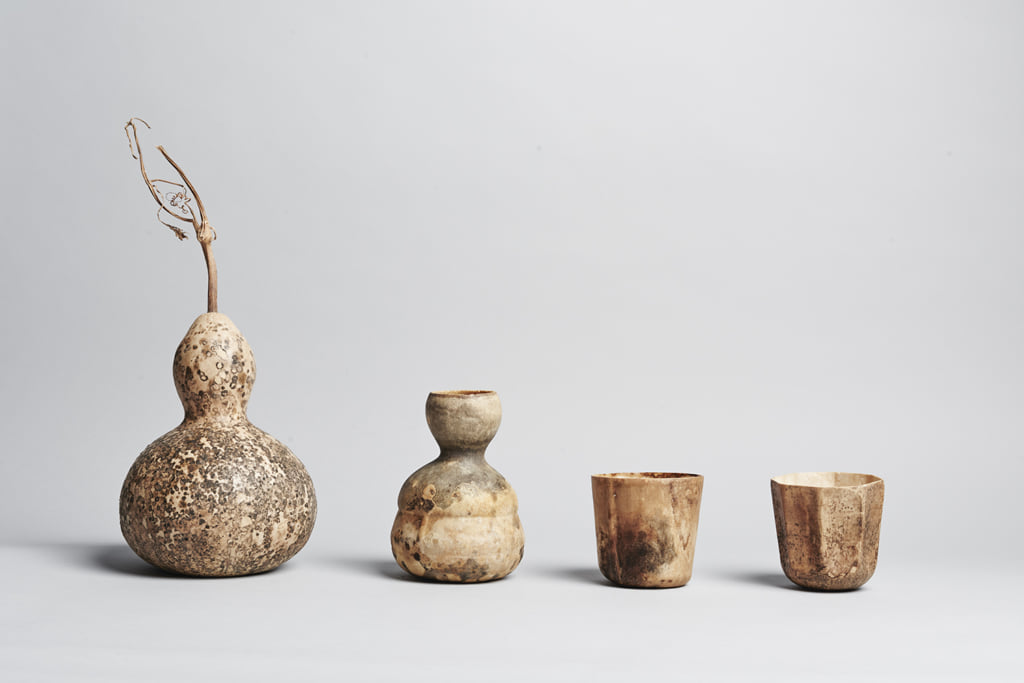
© CRÈME Design
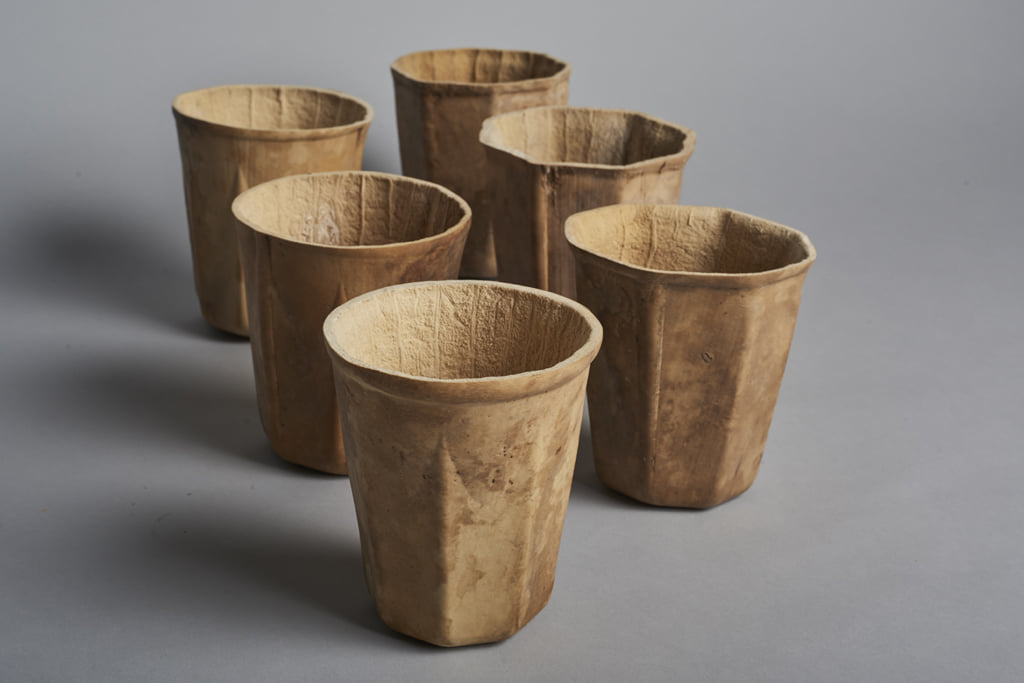
© CRÈME Design
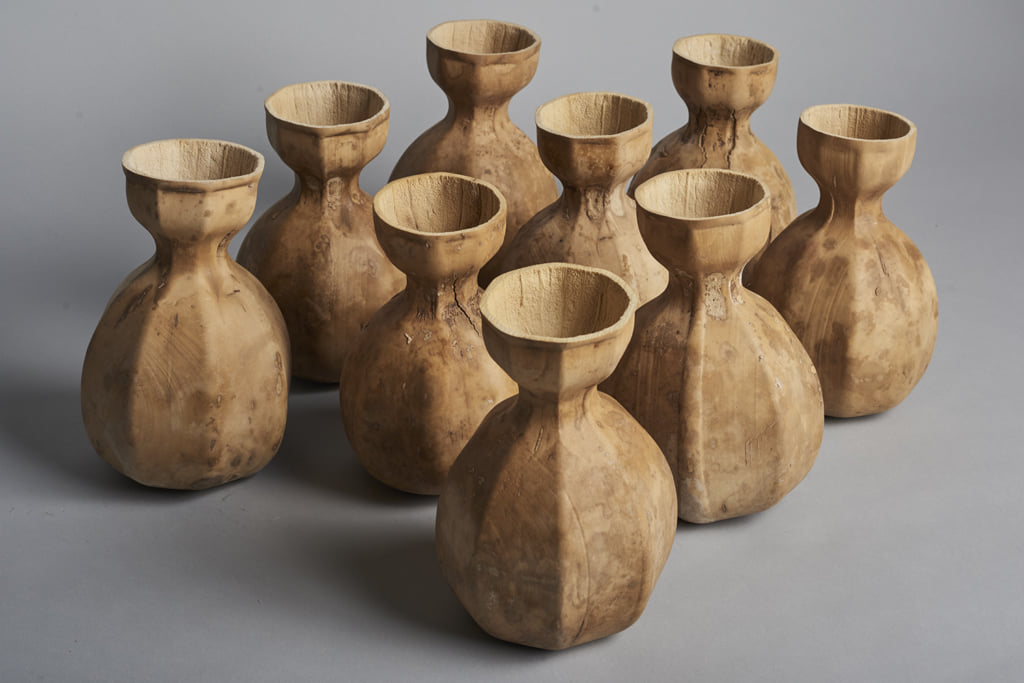
© CRÈME Design
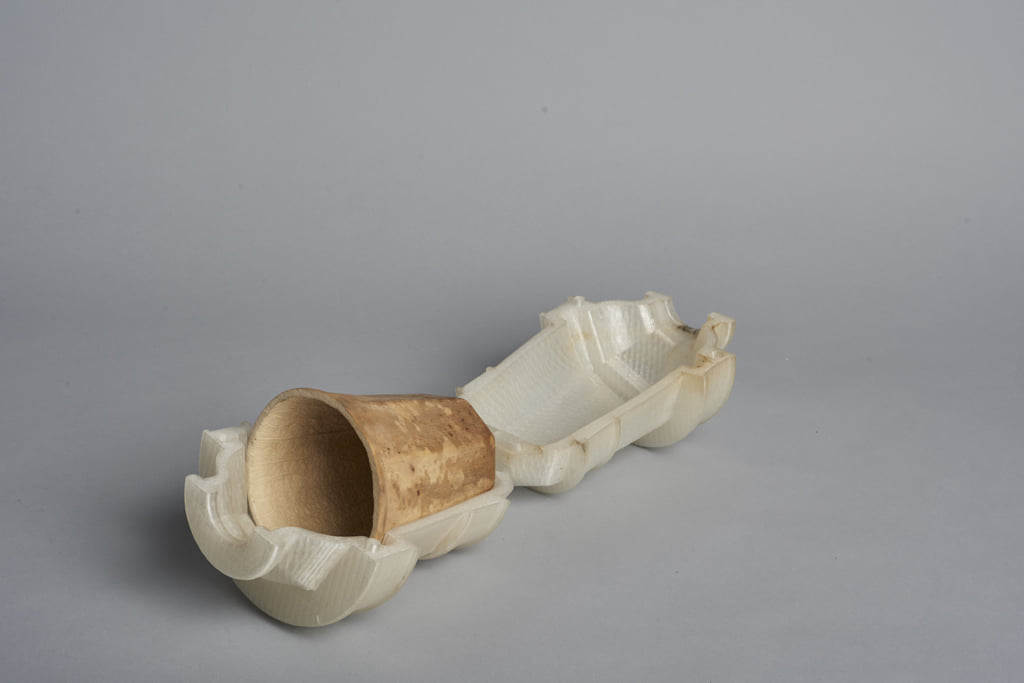
© CRÈME Design
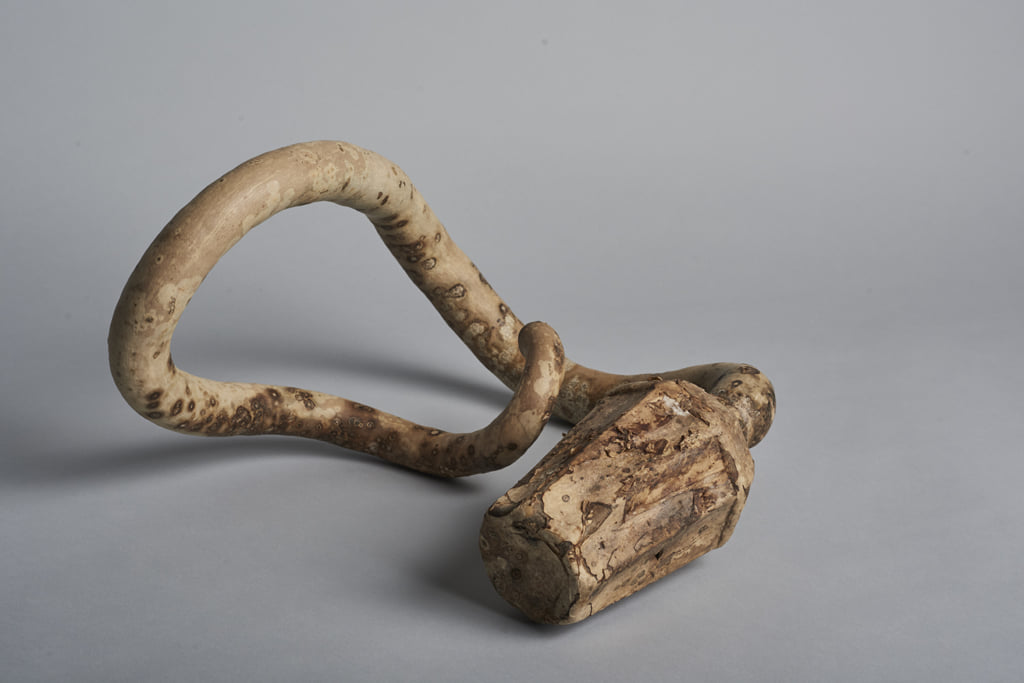
© CRÈME Design
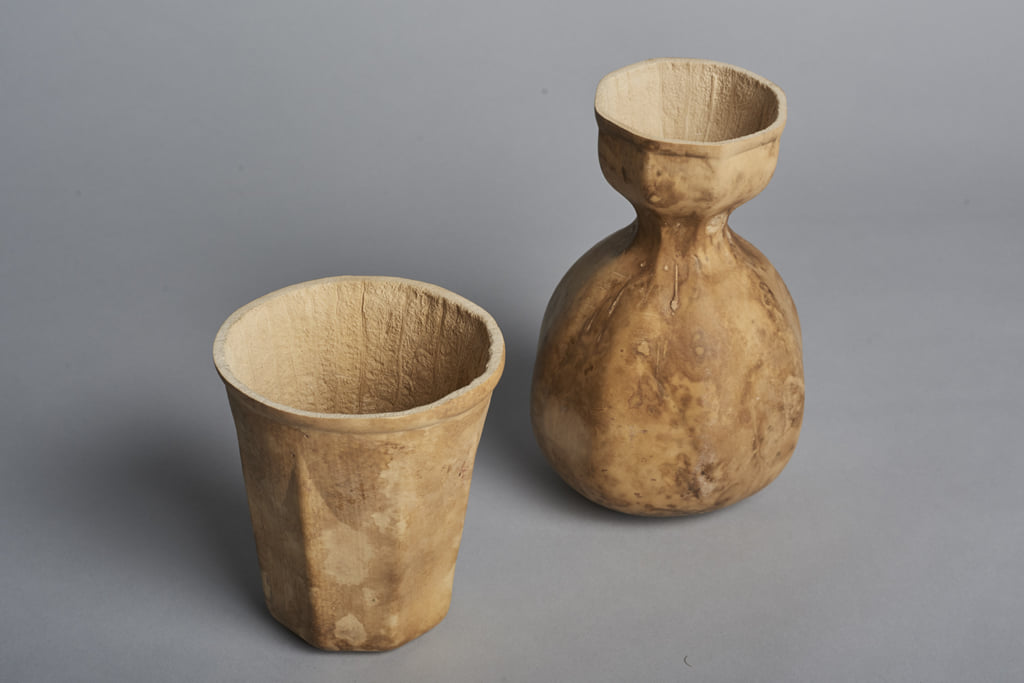
© CRÈME Design
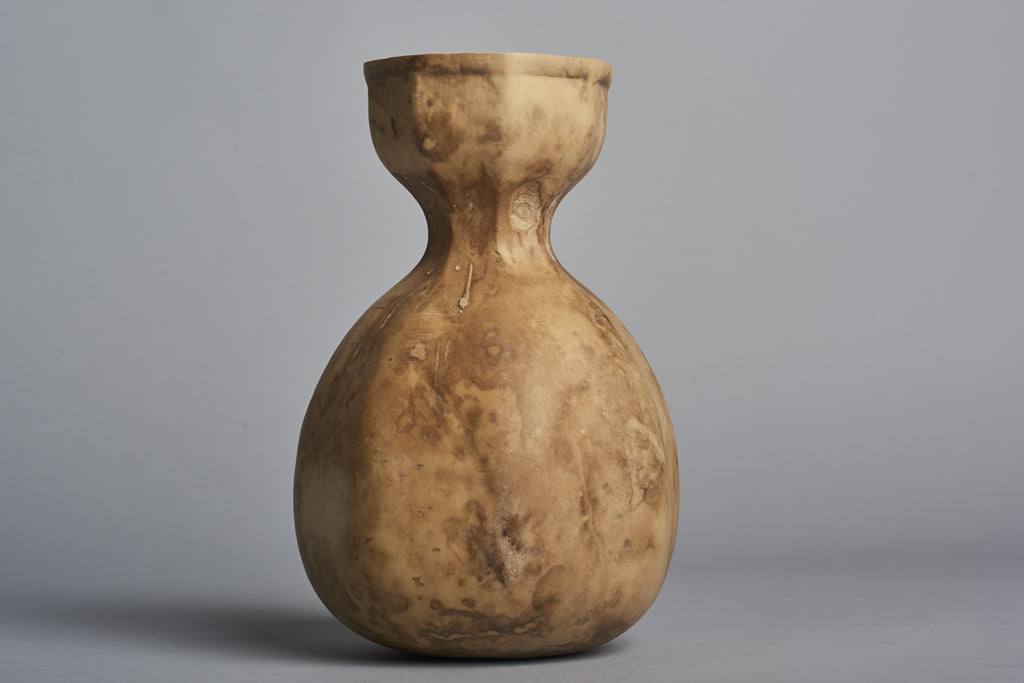
© CRÈME Design
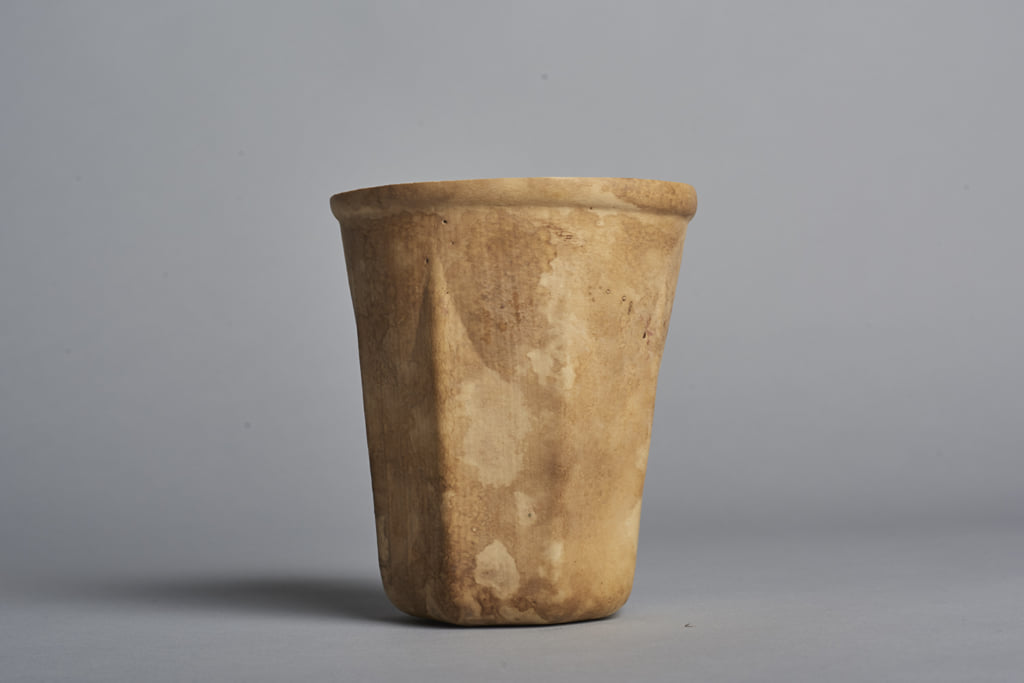
© CRÈME Design
TRENDING
-
A Rare Japanese Garden Hidden Within Honen-in Temple in Kyoto
Visible only twice a year, ‘Empty River’, designed by landscape architect Marc Peter Keane, evokes the carbon cycle.

-
Colour Photos of Yakuza Tattoos from the Meiji Period
19th-century photographs have captured the usually hidden tattoos that covered the bodies of the members of Japanese organised crime gangs.

-
Recipe for Ichiraku Ramen from ‘Naruto’ by Danielle Baghernejad
Taken from the popular manga with the character of the same name who loves ramen, this dish is named after the hero's favourite restaurant.

-
Modernology, Kon Wajiro's Science of Everyday Observation
Makeup, beard shape, organisation of cupboards and meeting places: all of these details decipher 1920s Tokyoites.

-
Hitachi Park Offers a Colourful, Floral Breath of Air All Year Round
Only two hours from Tokyo, this park with thousands of flowers is worth visiting several times a year to appreciate all its different types.

